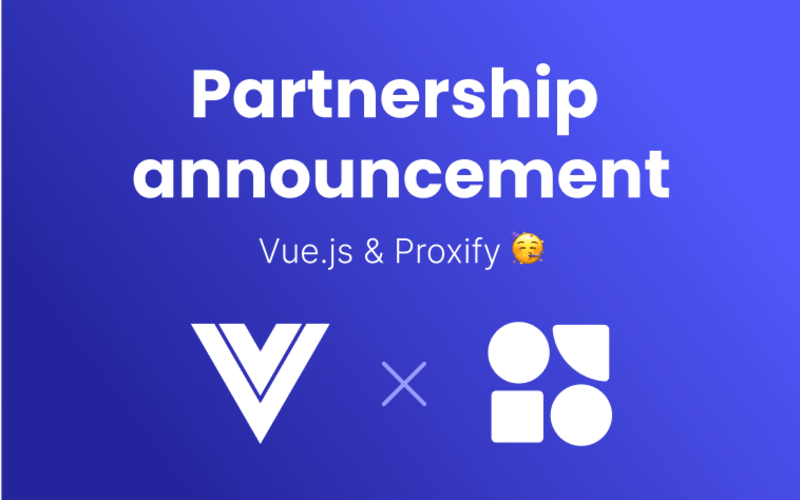Businesses today are faced with the critical decision of choosing between a Progressive Web App (PWA) and a Native App to reach their audience effectively. Each option offers unique advantages and potential drawbacks, influencing user experience, cost, and development time.
As companies strive to maximize their online presence and engagement, understanding the distinctions between Progressive Web Apps and Native Apps becomes essential.
This article provides clarity and guidance for businesses contemplating which app format aligns best with their strategic goals and resources.
Introduction to App Development
Understanding App types
When venturing into app development, knowing the types of apps available is crucial. Progressive Web Apps (PWAs) are web-based applications that function similarly to native apps. They run in a browser but can be installed on devices, offering offline capabilities and push notifications. PWAs are accessible on any device with a web browser, making them versatile and easy to update.
In contrast, Native Apps are developed specifically for platforms like iOS or Android. They are downloaded from app stores and can leverage all device features, providing a rich user experience. Native apps tend to perform better and access device hardware more efficiently.
Each app type has its strengths and limitations. PWAs excel in cross-platform compatibility and ease of updates. Native Apps offer superior performance and deeper integration with the device. Understanding these distinctions helps businesses choose an app type aligned with their goals and user needs.
Key differences in functionality
Progressive Web Apps and Native Apps differ significantly in functionality. A key difference is how they leverage device features. Native Apps, built for specific operating systems, can fully utilize device hardware like cameras, GPS, and sensors, offering a seamless user experience. They can also operate without an internet connection, enhancing user accessibility.
Conversely, Progressive Web Apps rely on web technologies, which can limit their interaction with device hardware. While PWAs can use some features like push notifications and offline access, they don't offer the same level of integration as native apps.
Another aspect is installation and updates. PWAs are accessed via a web browser and can be updated automatically, ensuring users always have the latest version. Native Apps require manual updates through app stores, which might delay the process.
These functional differences impact user experience and should be carefully considered when choosing between a Progressive Web App and a Native App for your business.
Advantages of Progressive Web Apps
Cost-effectiveness and accessibility
Progressive Web Apps (PWAs) offer significant advantages in cost-effectiveness and accessibility.
Developing a PWA is generally more budget-friendly than creating separate native apps for different platforms. This is because PWAs use a single codebase, substantially reducing development and maintenance costs. Businesses can reach a wider audience without the need for multiple versions of an app.
Regarding accessibility, PWAs are easily available through web browsers, eliminating the need for app store downloads. This ease of access means users can instantly engage with the app, improving user acquisition rates. Additionally, PWAs are inherently cross-platform, working seamlessly across various devices, including desktops and mobile devices. This universal compatibility enhances user reach and engagement.
These cost and accessibility benefits make PWAs an attractive option for businesses, especially those with limited resources or those aiming to expand their user base quickly and efficiently.
Seamless updates and maintenance
Progressive Web Apps (PWAs) offer a streamlined approach to updates and maintenance. One of the primary benefits is their ability to update automatically. Unlike native apps, which require users to download updates from app stores, PWAs refresh themselves in the background whenever they access them. This ensures users can access the latest features and improvements without manual intervention.
The single codebase of PWAs simplifies maintenance. Developers can deploy updates across all platforms at once, reducing the time and effort needed to manage different versions of an app. This also means bugs or issues can be quickly addressed and resolved, enhancing the overall user experience.
This seamless update process improves app reliability and reduces the operational burden on developers. For businesses, this translates to lower long-term maintenance costs and a consistently updated product that effortlessly meets user expectations.
Benefits of Native Apps
Native Apps are renowned for their superior performance and speed. Built specifically for a particular operating system, they can leverage the full power of the device’s hardware and software capabilities. This results in faster processing times and smoother user interactions, enhancing the overall experience. Native apps can execute complex tasks efficiently, offering responsiveness often unmatched by Progressive Web Apps.
The speed advantage of native apps is particularly evident in graphics-intensive applications, such as gaming or video editing, where performance is critical. Directly accessing system resources allows these apps to deliver high-quality graphics and smooth animations without lag.
Native apps can also use advanced device features, such as multi-touch gestures, providing a more intuitive and engaging user interface. For businesses, this means delivering a product that meets high user expectations for performance, which can be a decisive factor in user retention and satisfaction.
Enhanced user experience and features
Native Apps excel at providing an enhanced user experience and rich features. By being tailored to specific platforms, they can utilize native interface components that align with the operating system’s design guidelines. This results in a more intuitive and familiar user interface, increasing user satisfaction and engagement.
Native apps can also harness the full range of device features, such as the camera, GPS, and contacts, to deliver a more integrated and personalized experience. This deep integration allows developers to create unique functionalities that are impossible with Progressive Web Apps, such as augmented reality or advanced security features.
Moreover, native apps offer greater flexibility in terms of customization and complex animations, providing a polished and professional appearance that can enhance brand identity. For businesses, these capabilities translate to a competitive edge, as users often prefer apps that offer a seamless and engaging experience tailored to their device's capabilities.
Choosing the right app for your business
Evaluating business needs
When deciding between a Progressive Web App (PWA) and a Native App, evaluating your business needs is crucial.
Consider factors such as your target audience, budget, and long-term goals. If your audience spans multiple platforms and accessibility is a priority, a PWA might be the most cost-effective choice. Its cross-platform nature ensures a wide reach without the need for multiple versions.
On the other hand, if your business requires high performance, advanced features, and deep device integration, a Native App may be more suitable. Industries like gaming or finance, where user experience and security are paramount, often benefit from native apps' capabilities.
Think about your budget constraints and development resources. PWAs can offer significant savings in development and maintenance, while native apps might require a larger investment but provide a more tailored experience. Aligning these aspects with your strategic objectives will guide you in choosing the app type that best supports your business vision.
Considering long-term goals
Long-term business goals are pivotal in decision-making between a Progressive Web App (PWA) and a Native App. A PWA might be the ideal solution if you aim to scale rapidly and reach a diverse user base across various platforms. Its inherent flexibility and ease of updates can support swift adaptations to market changes.
Conversely, if your long-term objective includes building a robust brand focusing on premium user experience, investing in a Native App could be beneficial. Native apps, with their superior performance and ability to leverage device-specific features, can enhance user loyalty and engagement over time.
Additionally, consider the potential for future technological advancements and how each app type can accommodate such changes. Native apps might require more substantial updates with each OS iteration, while PWAs can be more adaptable. Aligning your app choice with your business’s future aspirations ensures that the technology grows alongside your strategic ambitions.



